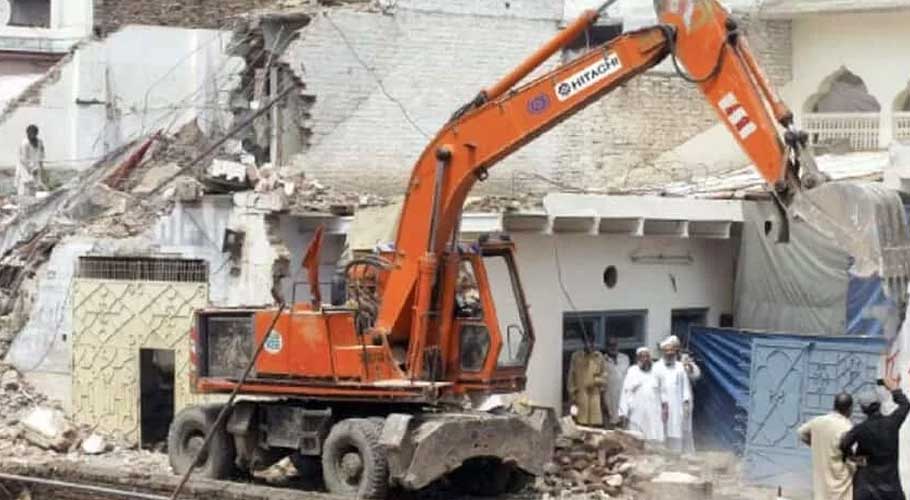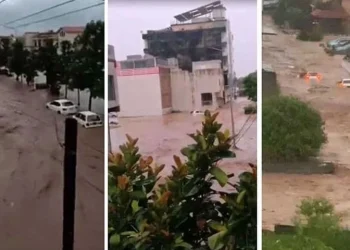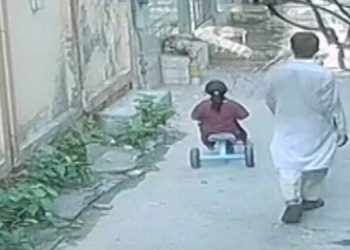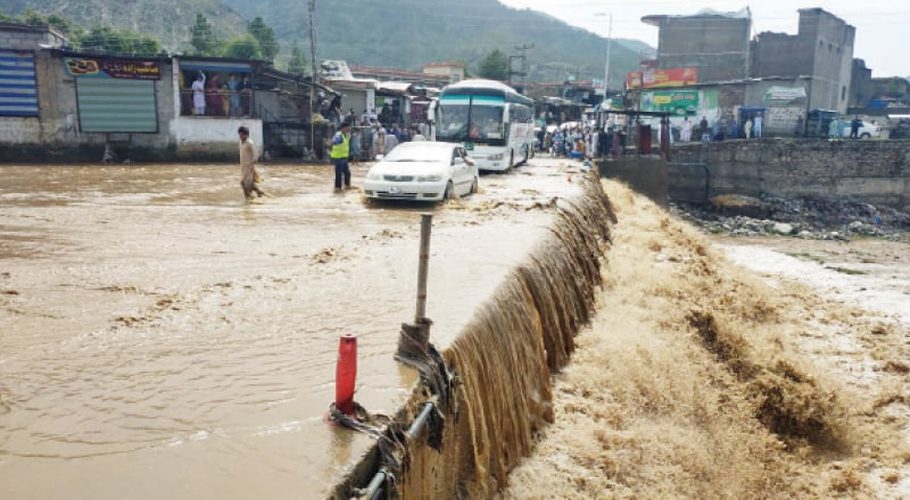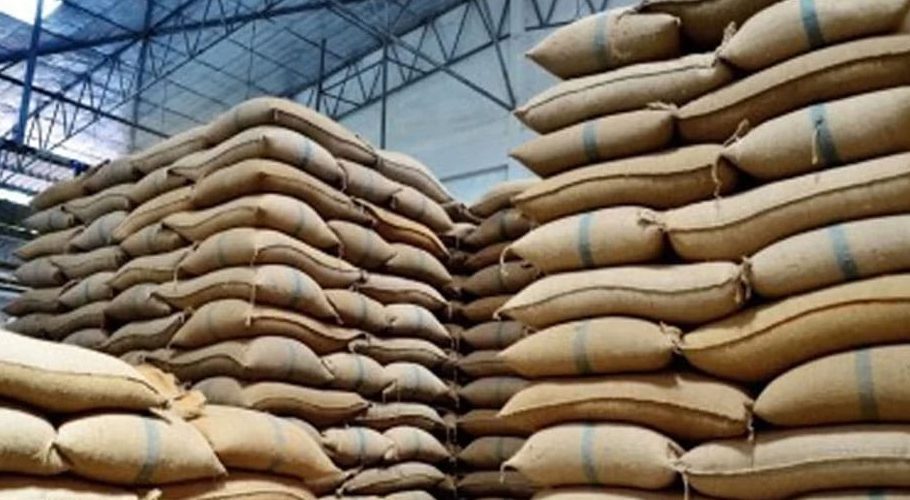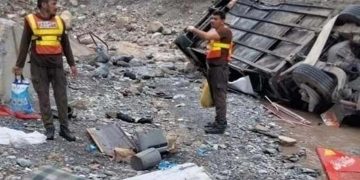The federal government’s National Disaster Management Authority (NDMA) has completed preparations for a major operation against encroachments around the city’s stormwater drains.
In the past, the Supreme Court of Pakistan, the Sindh High Court and the Water Commission have repeatedly issued orders to stop encroachments along these stormwater drains. However, it has not been implemented by any government or institution.
Let’s take an in-depth review of the operation against encroachments and the government’s steps to facilitate the victims. It gives a chaotic and muddled appearance to the different roads and streets of Karachi
Encroachment in Karachi
Slums, illegal buildings, workshops, junk markets, and residential colonies have occupied several areas around the stormwater drains. People are living there for 20 years. The people living in slum areas have developed their buildings and settled their businesses.
In busy market areas like Empress Market, Regal, Saddar, Liquatabad and old city areas, almost all of the footpaths and two-thirds of the area of the roads are encroached by pushcart men and other vendors.
In a highly saturated and urbanised Karachi, where real estate prices and rents are skyrocketing, most of the people prefer to settle down in katchi abadis in order to save some money to cover the rest of their expenditures.
For those who opt for trading or business, the cheapest option available for them is to set up their carts or cabins on encroached land since the prices of shops in commercial areas are way out of their reach.
Intruding stalls and temporary settlements along the roadsides has led to congestion and traffic problems in the city.
Karachi’s Monsoon rains 2020 and Nalas
Karachi has 38 major ‘nalas’ and over 500 minor ‘nalas,’ which the Provincial Sindh government have miserably failed to clean up over the years.
According to the Pakistan Meteorological Department, it rained more in August alone this year in Karachi than in any monsoon of the past 20 years.
The heavy rainfall led to least 47 deaths due to drowning, electrocution, as well as house and wall collapses. Armed forces were called out to rescue stranded people, distribute food and medical aid.
Many parts of Karachi went without electricity for 50 hours. Internet and mobile phone networks were disrupted all over Pakistan’s largest city.
Women, children and the elderly waded through waist-deep sewage to reach rescue boats; the boats had to navigate around floating furniture, submerged cars, motorcycles and even shipping crates pushed around by the force of the floodwater.
Consequences of anti-encroachment drive
In response to the anti-encroachment drive, there has been widespread resentment as numerous people who own both small and large scale businesses and residence have been miserably disadvantaged.
Despite the scale of the operation, none of government departments or the relevant provincial ministry, has initiated an exercise to gauge the financial and social cost in a systematic manner.
It is indeed to their detriment that they will lose their exclusive and sole way of making a livelihood. As a result, this raises a disturbing question as to how they will survive, as their source of income and residence are being razed down brutally.







